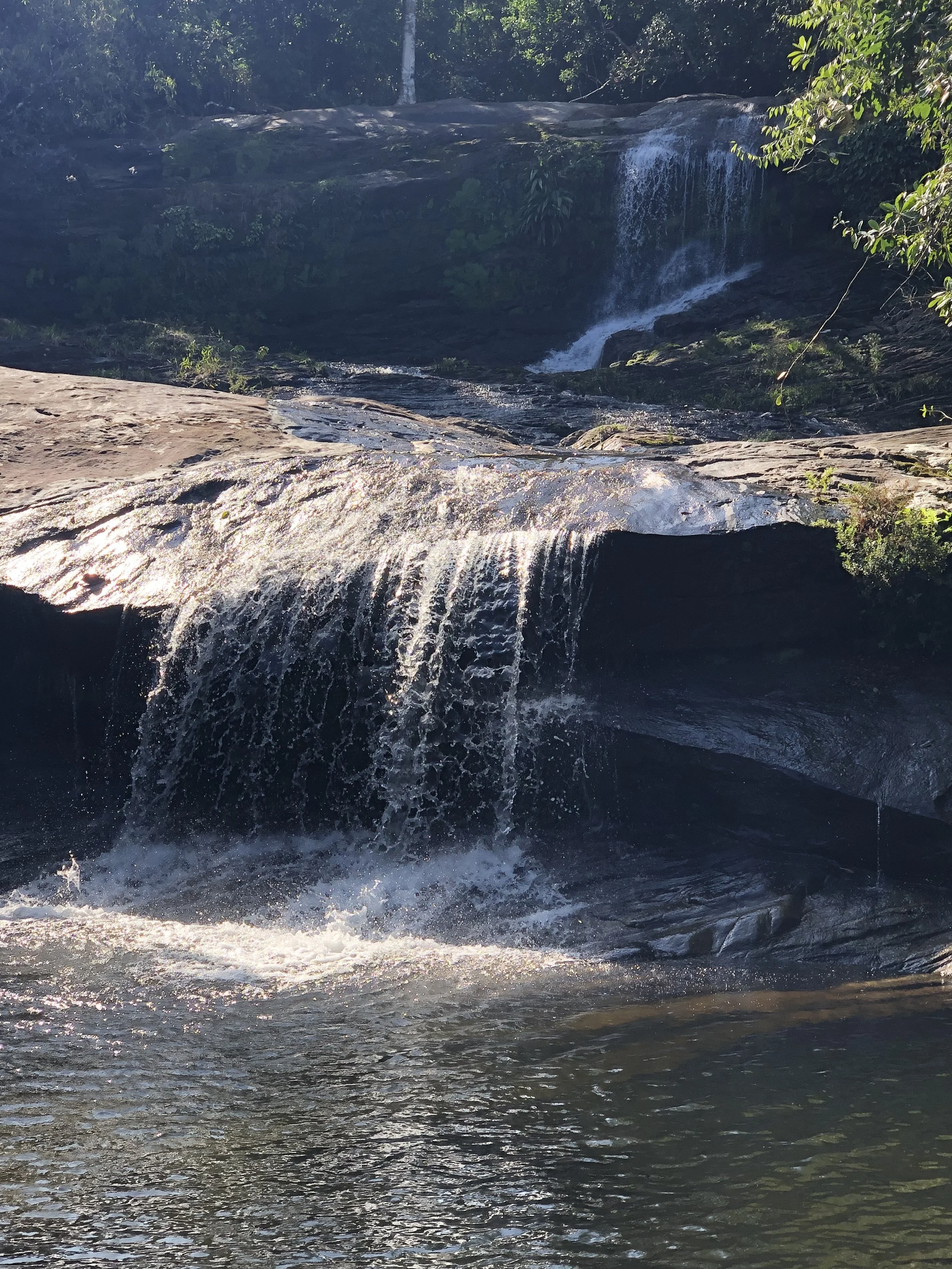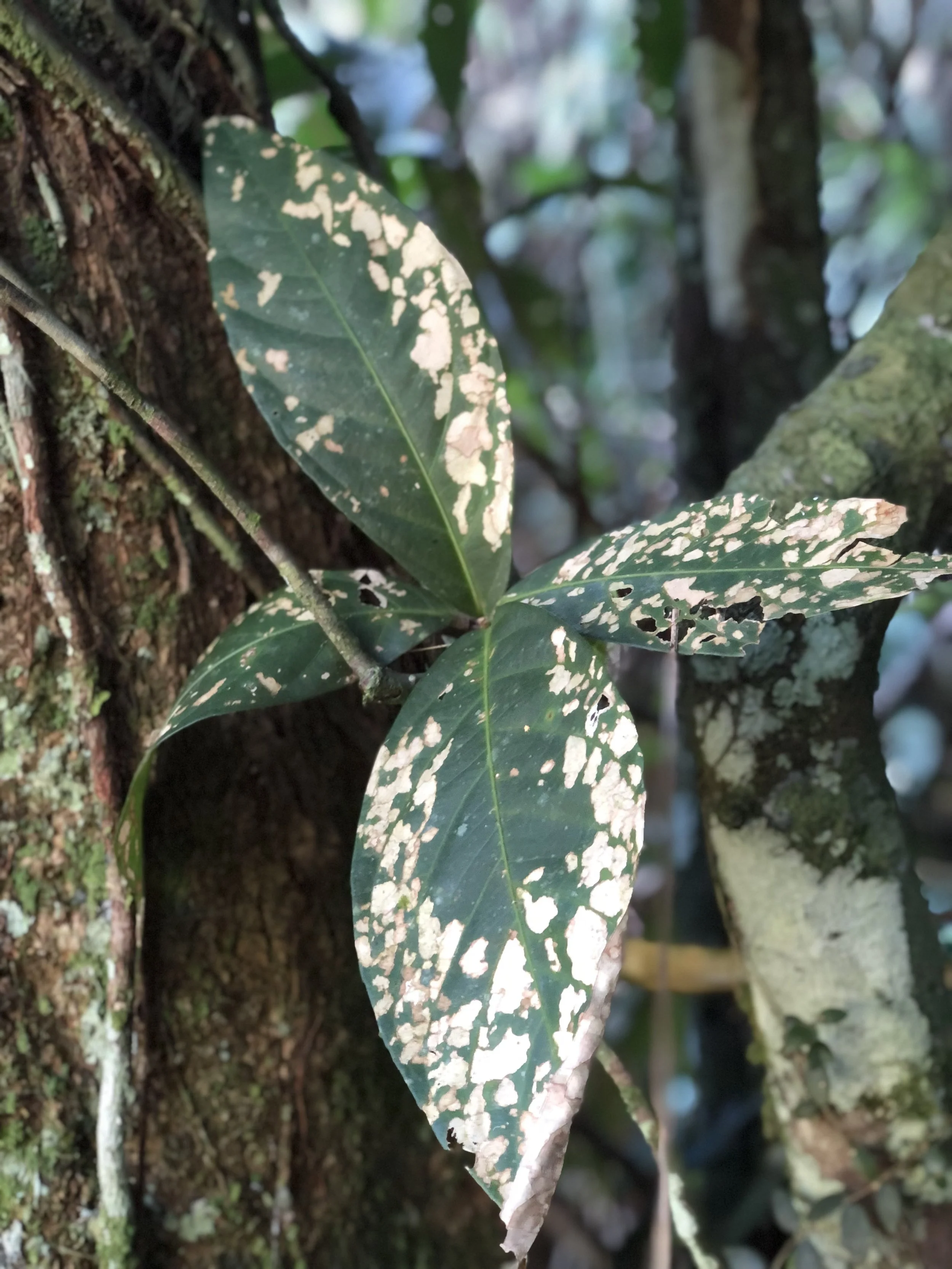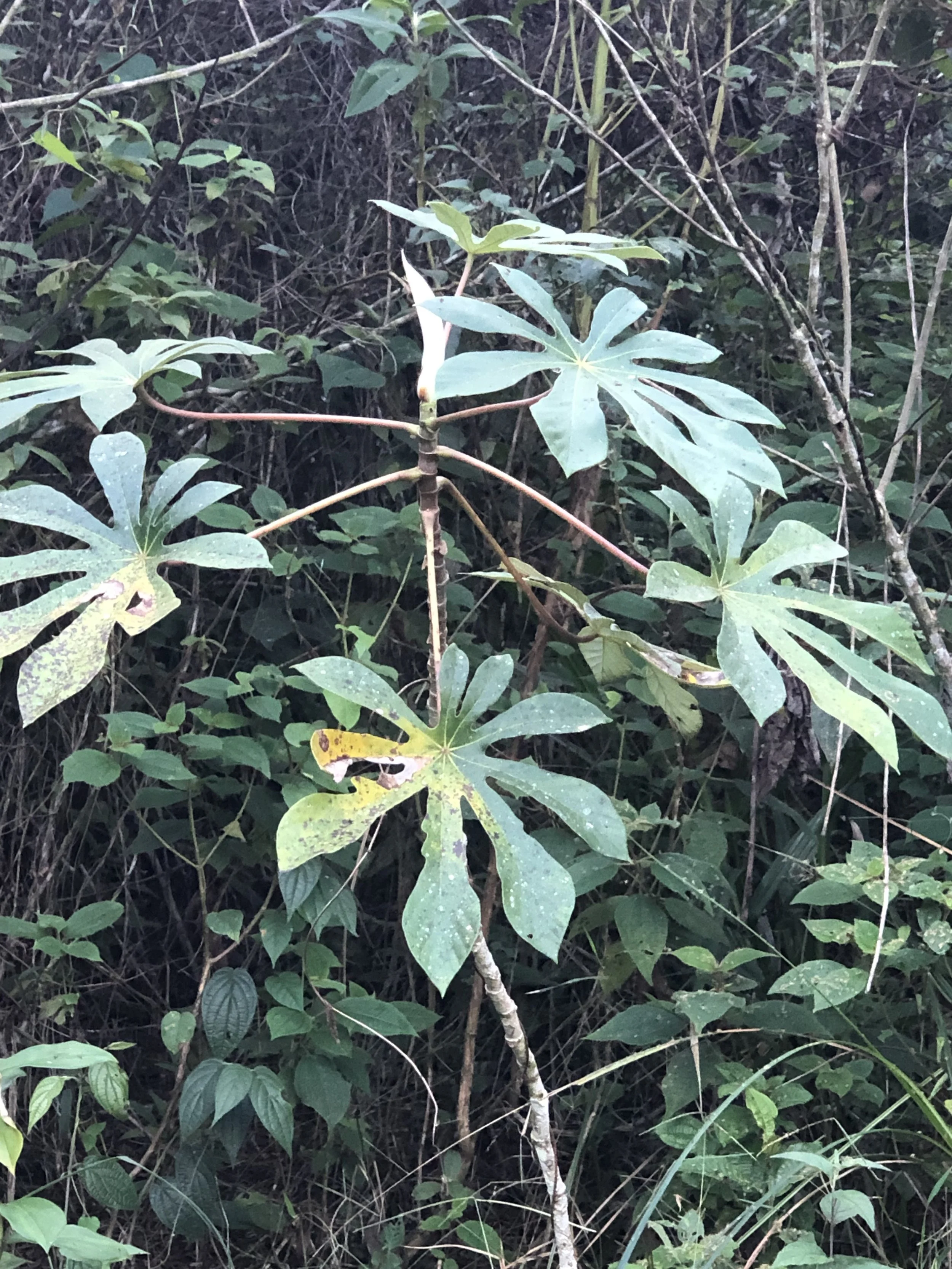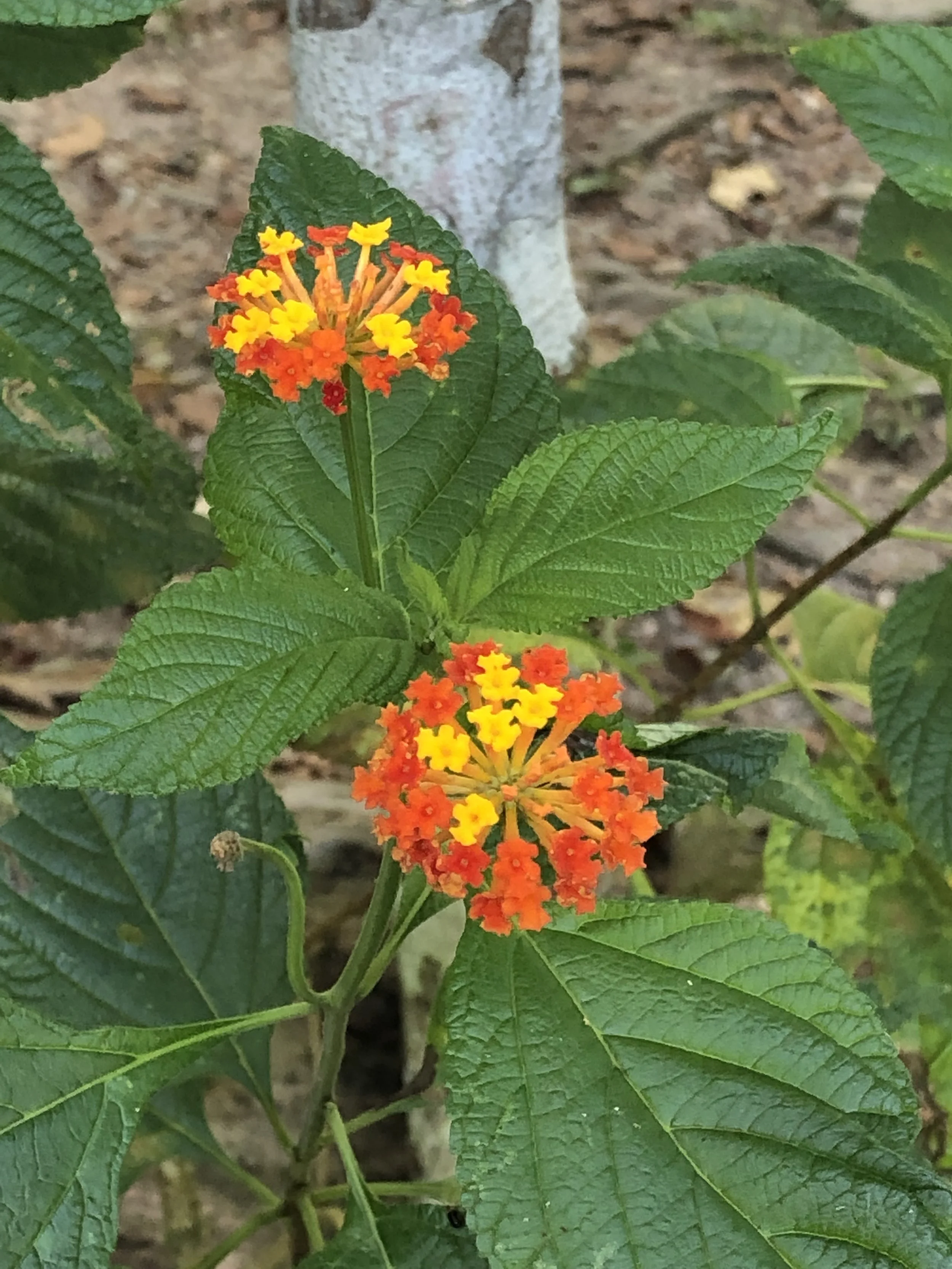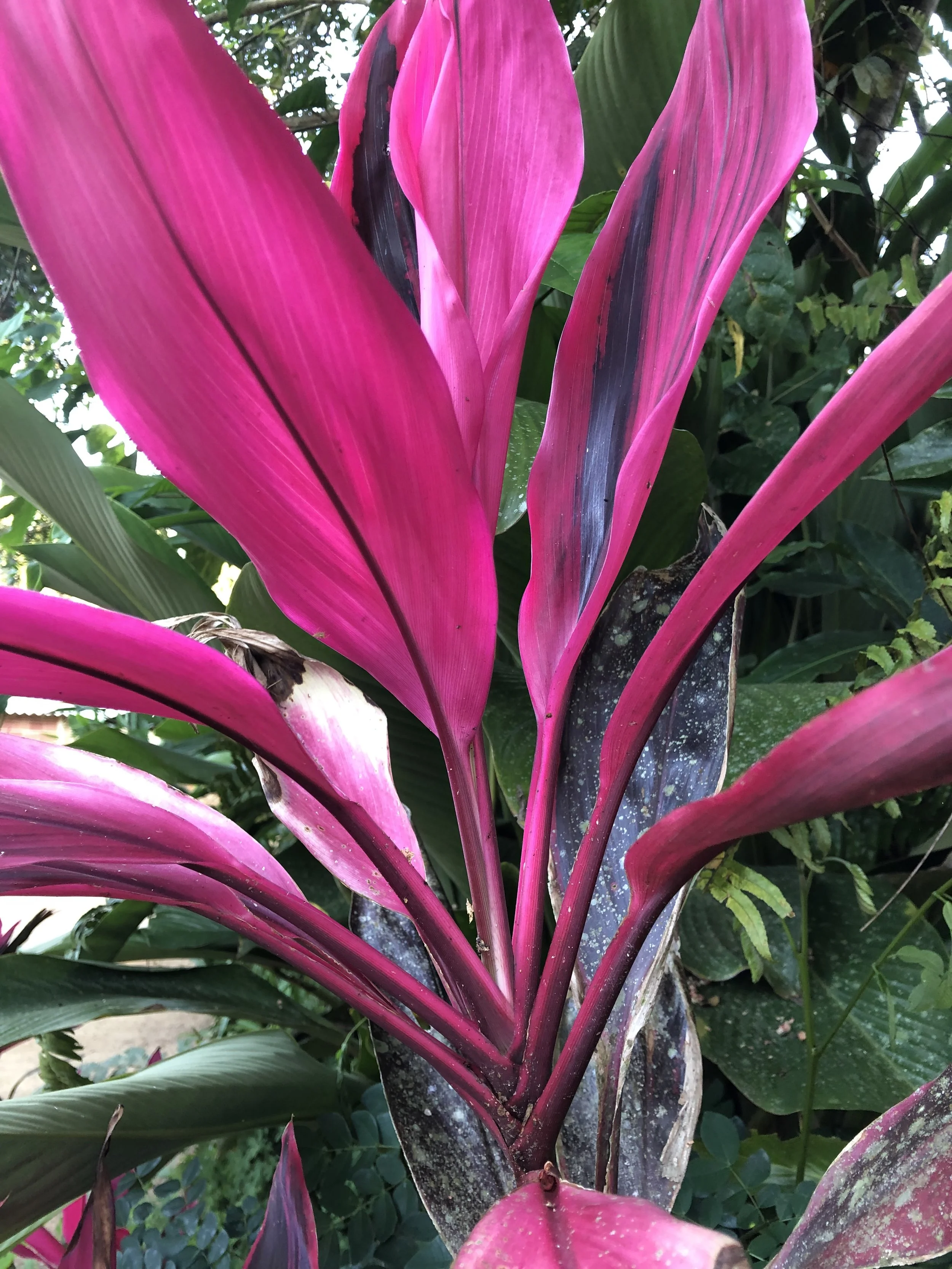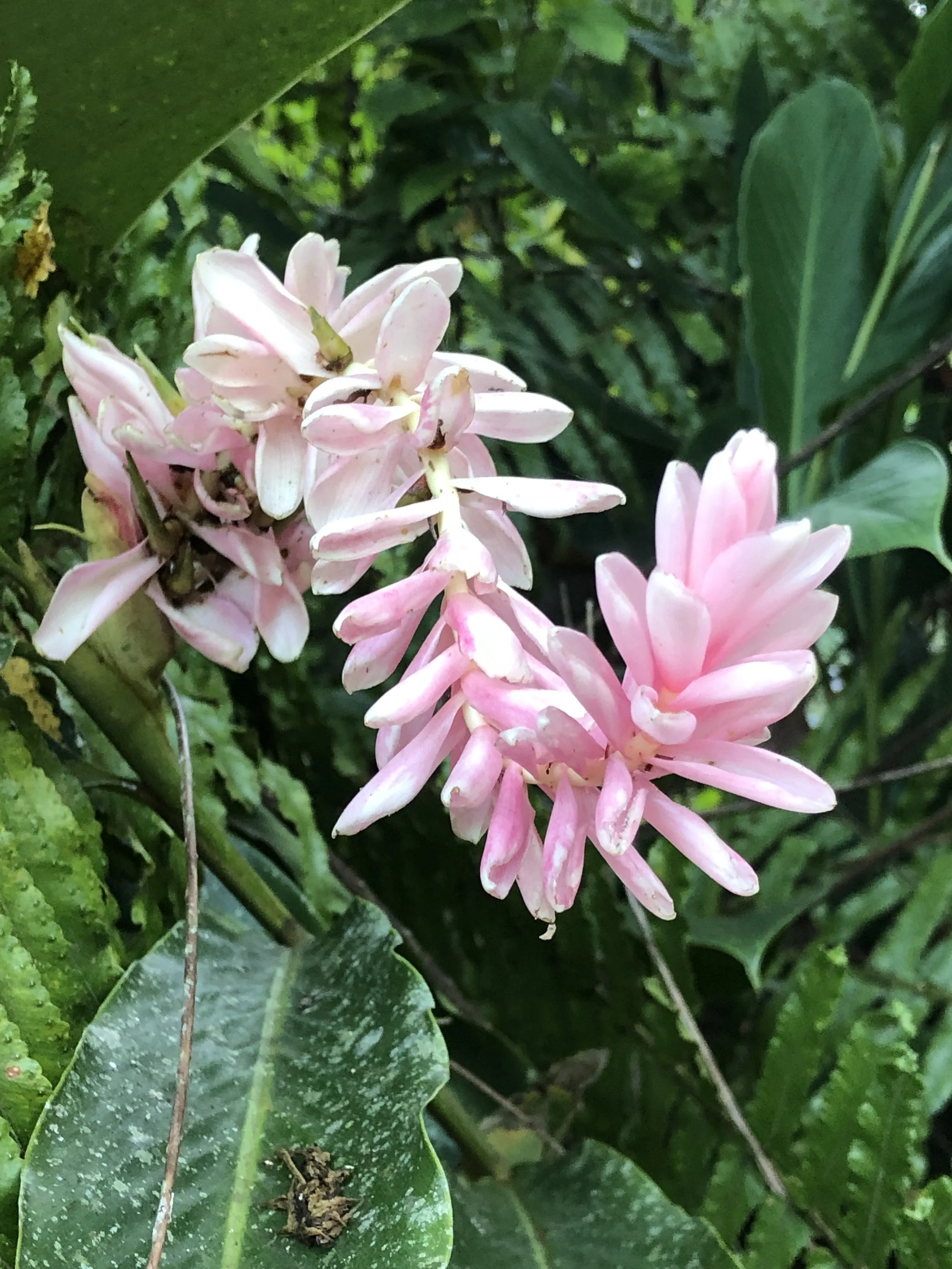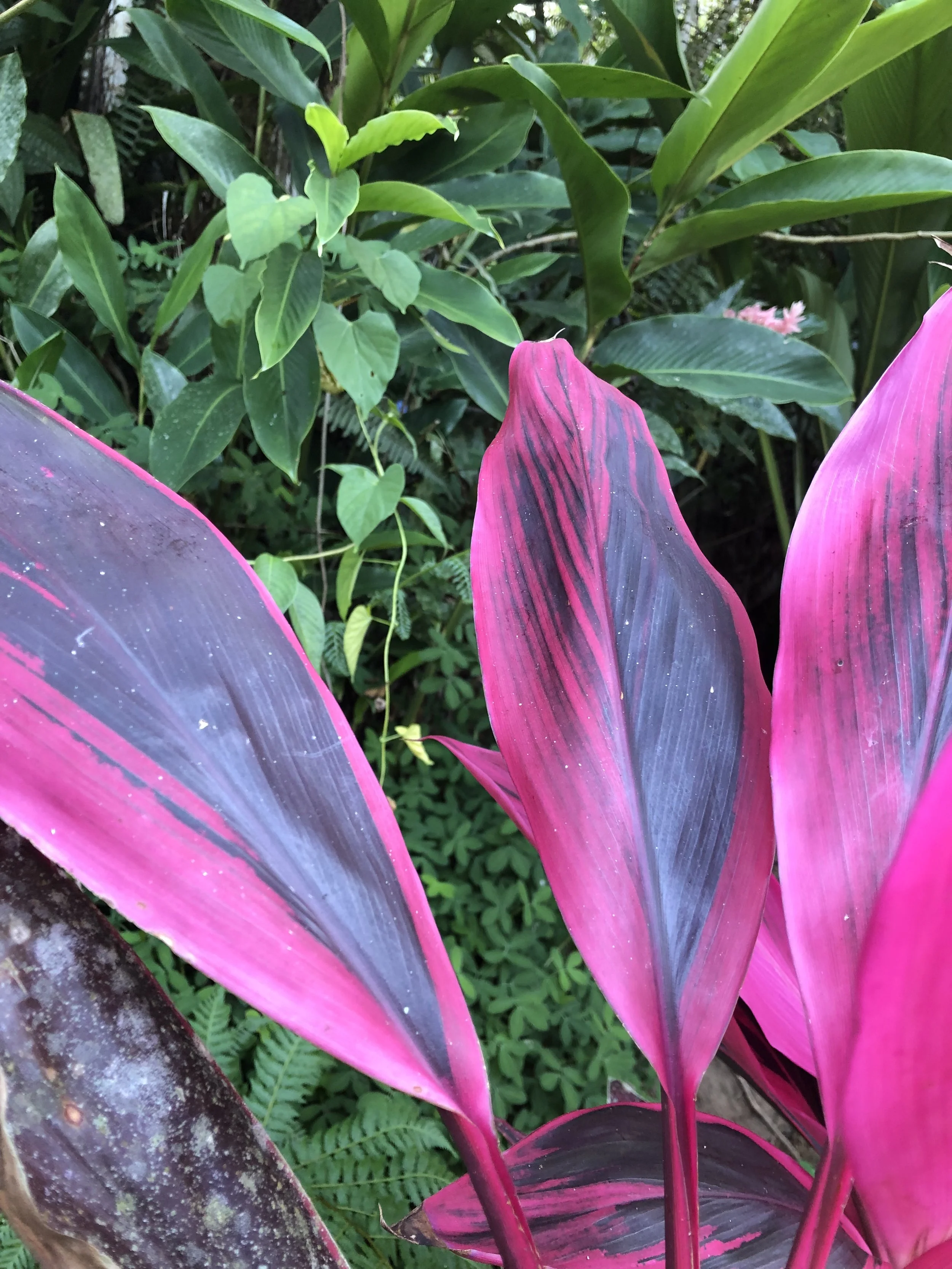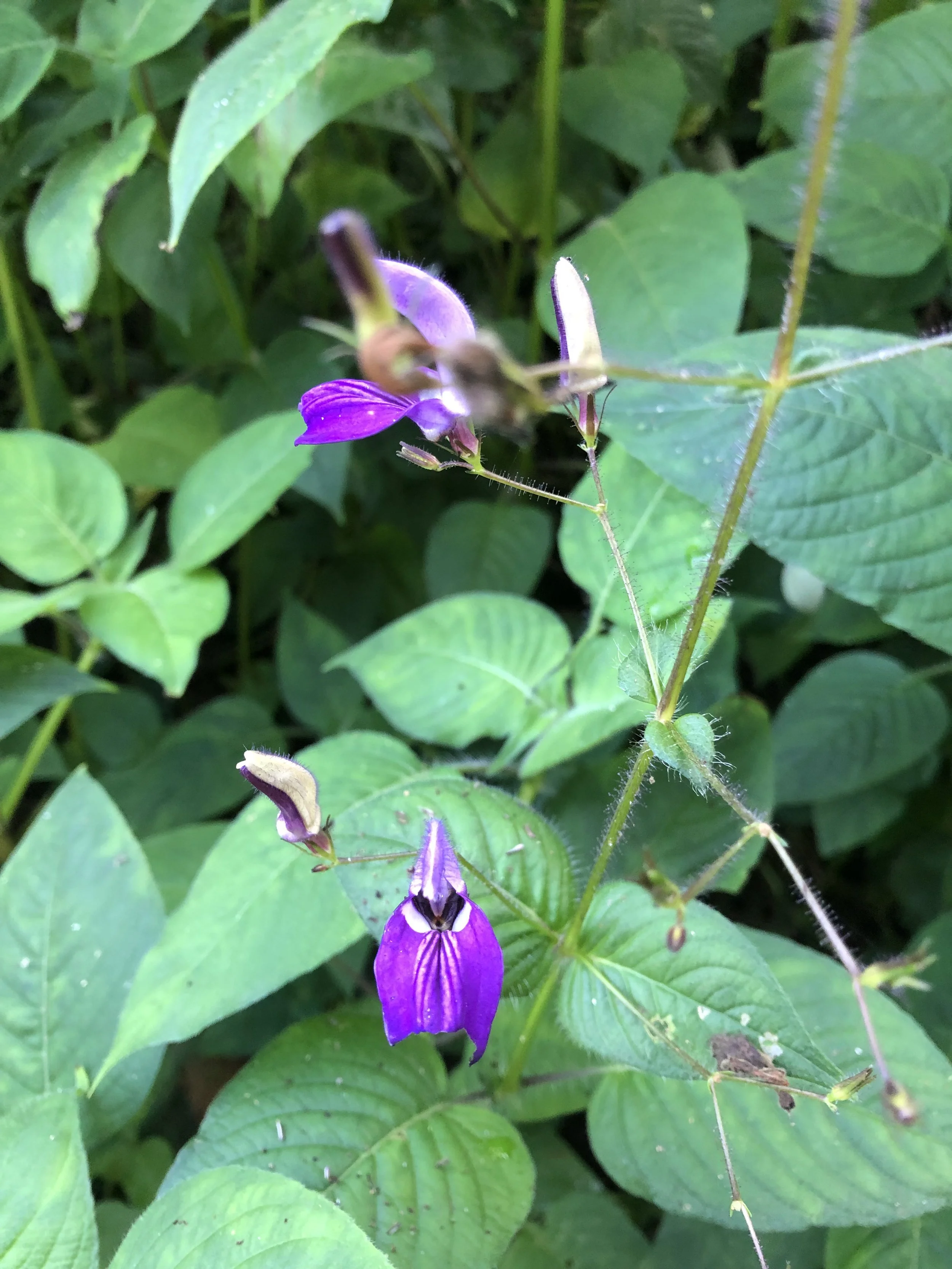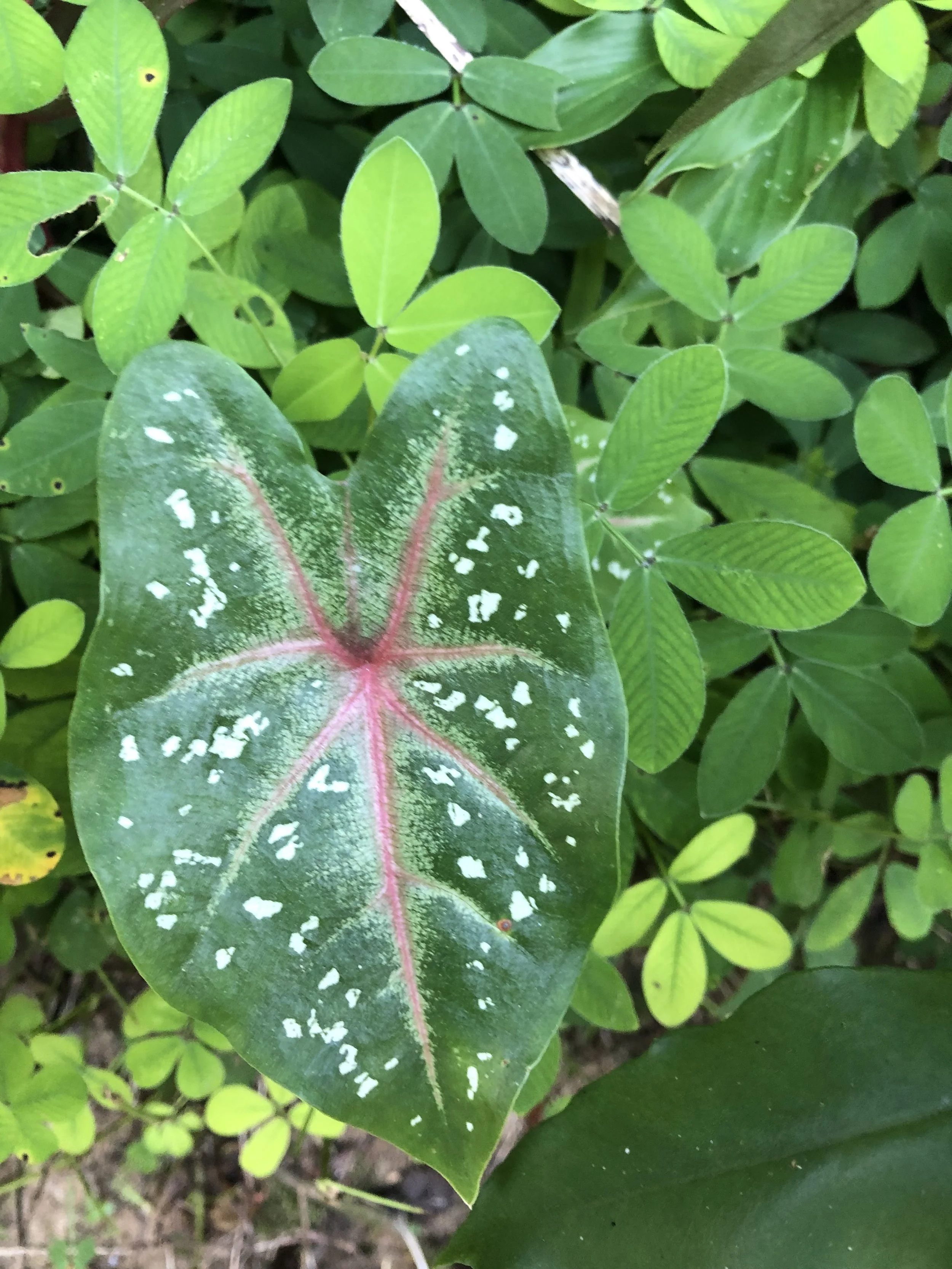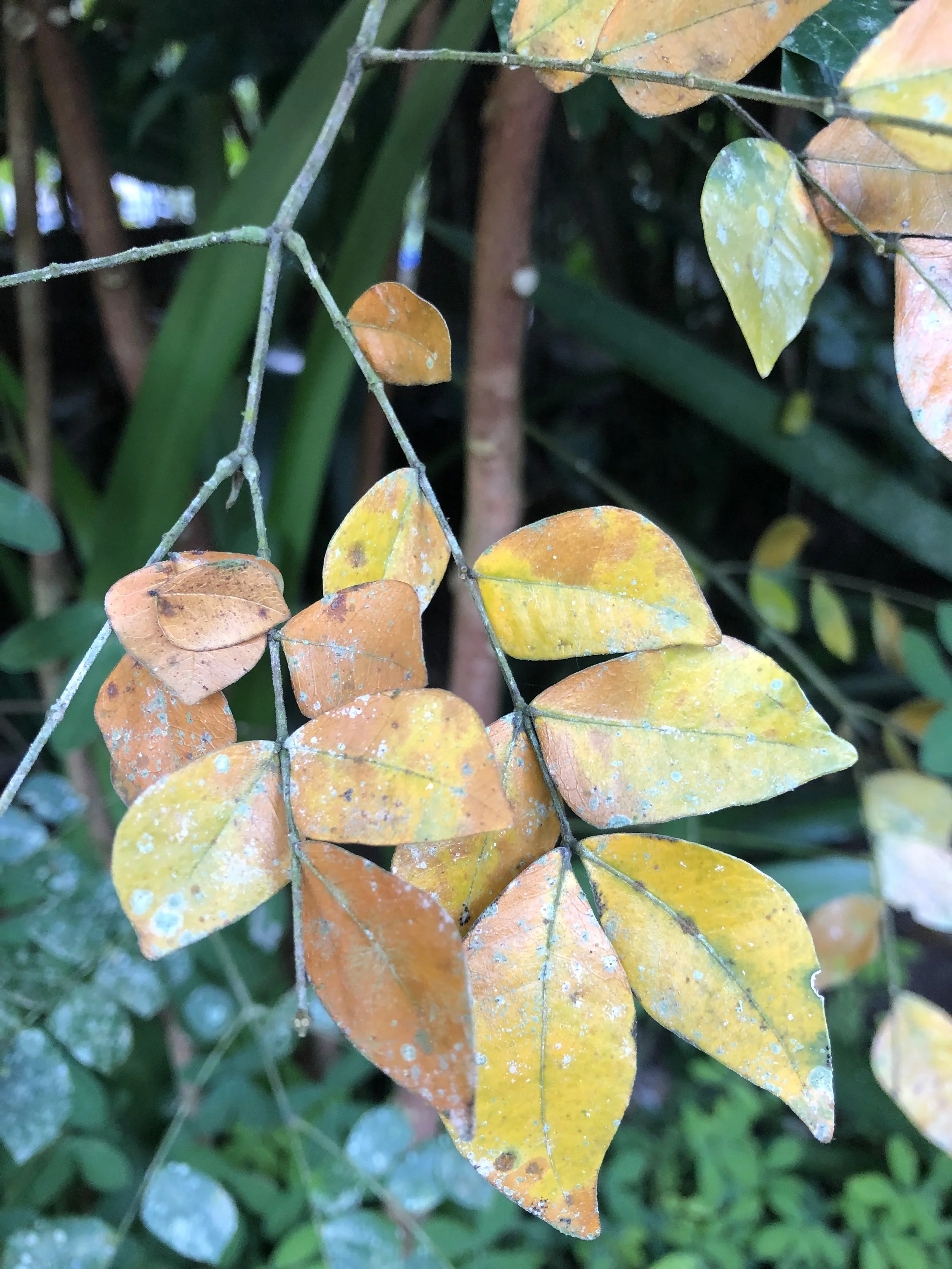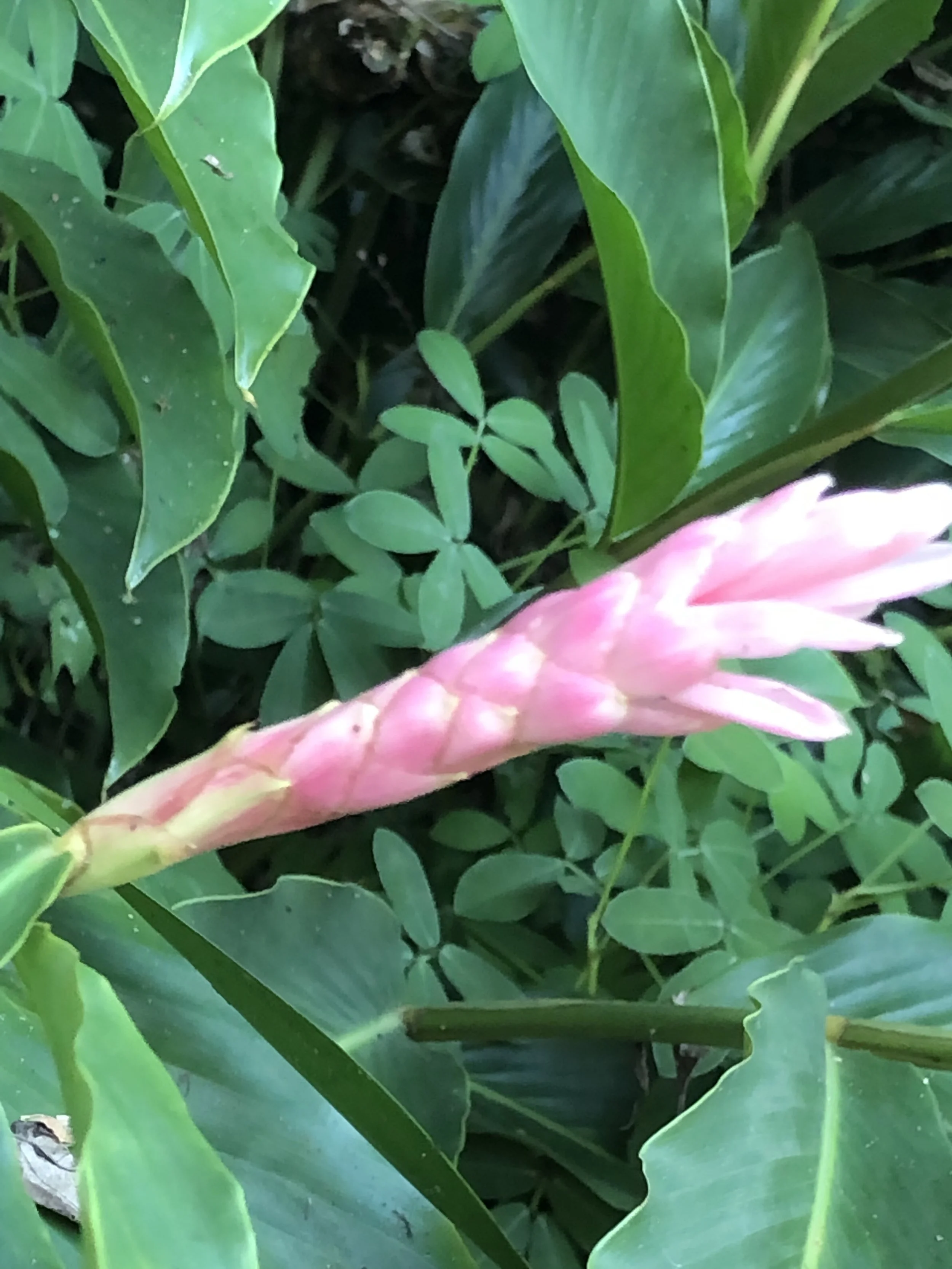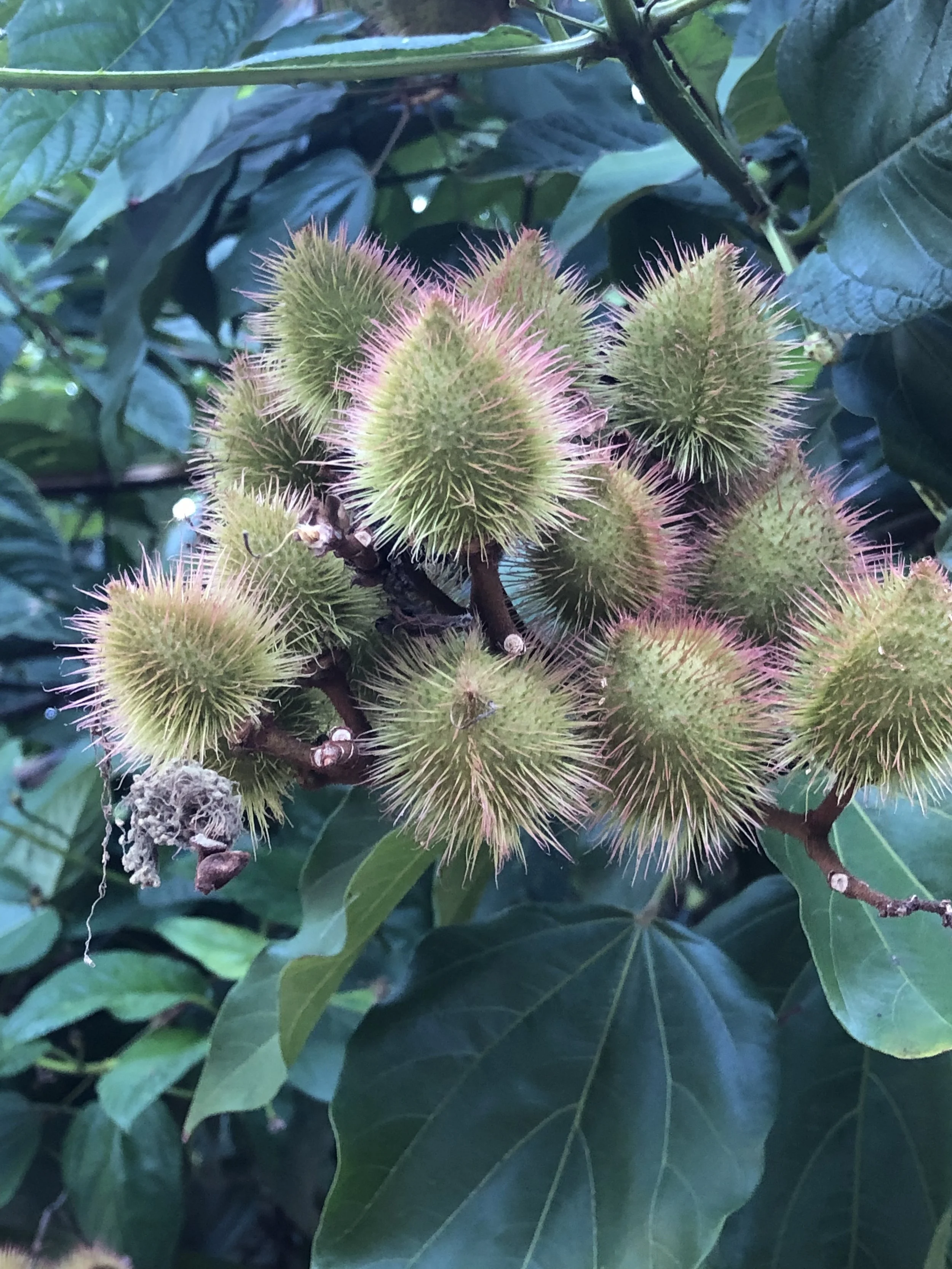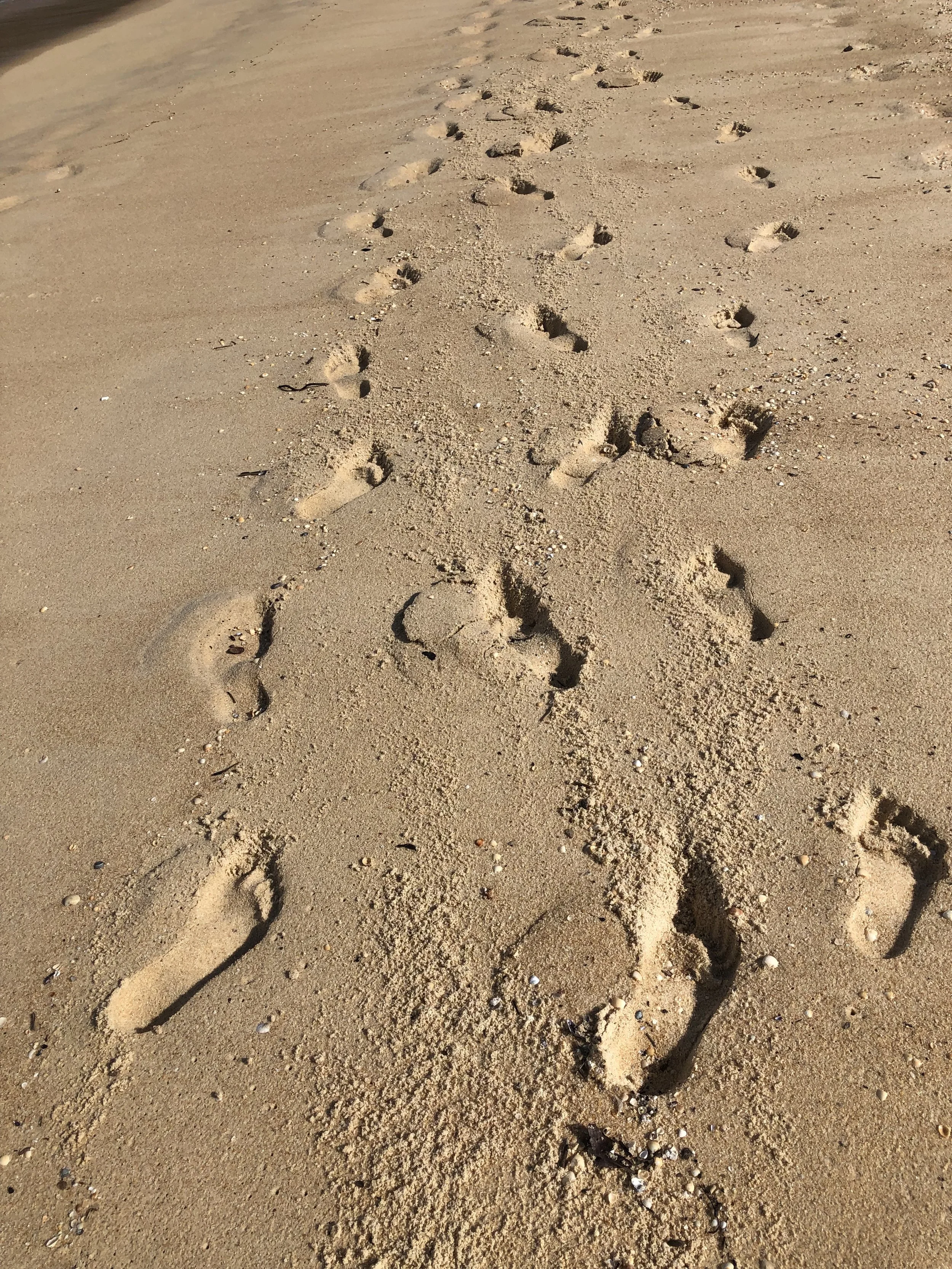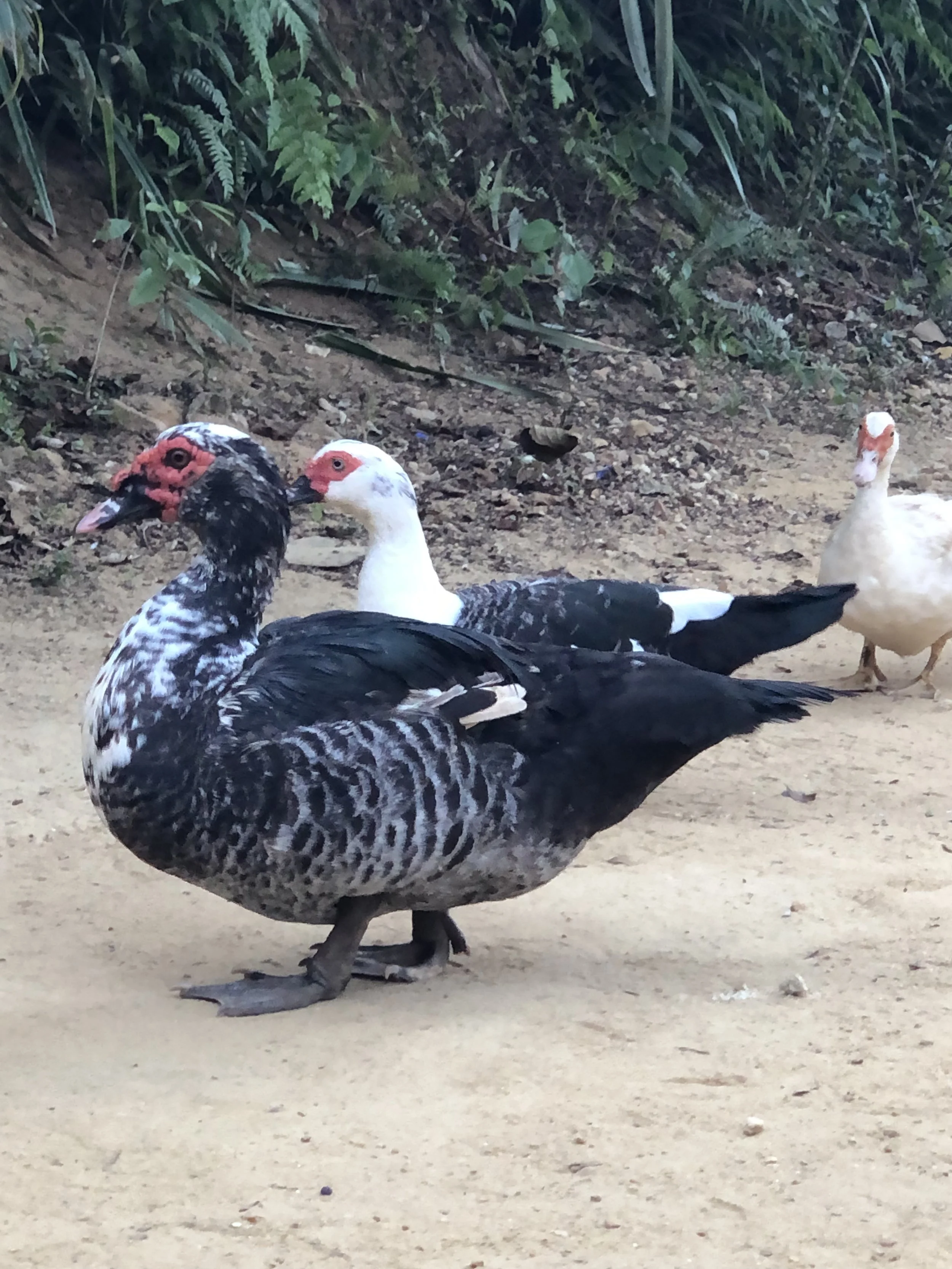
The Pataxó People
Stories Carried by the Forest and the River
The Pataxó of Paraty are keepers of memory, of the earth, and rivers.
Their story begins in Bahia, but today it flows through the forests and shores of Rio de Janeiro.
This page is a quiet space to meet them through my voice, images, and remembrance.
Displacement and Movement
Centuries of colonization scattered the Pataxó from their ancestral lands, pushing them through Bahia and beyond.
Their journey carried language, ritual, and memory into new soil, where they rebuilt life beneath unfamiliar skies.
Each departure left traces behind, burnt clearings, empty circles where villages once stood, yet the people endured.
Origins
The Pataxó are among Brazil’s oldest peoples, their roots deep in the lands of southern Bahia, where villages once lined the Atlantic Forest.
Those I met and photographed live in Paraty, Rio de Janeiro, a reminder that their story has traveled far from its beginnings.
Their culture is a quiet testament to endurance, a thread that links past to present.
Continuity
Even after displacement, their spirit remains unbroken.
Every dance, every feather, every story is a refusal to disappear, a promise that memory is alive.
Bahia and Rio, forest and ocean, are joined here, reminding us that this story is still being written.
Living Presence
Today, in Paraty, the Pataxó keep their traditions alive by the river.
Ceremonies at dusk gather voices and songs, passing their heritage to the next generation.
Each gesture, a prayer, a dance, a story, is both survival and offering, an invitation to witness a culture that continues to breathe.
Life Before Colonization
Before the first ships arrived, the Pataxó lived in balance with the forest and the rivers.
Waterfalls, trees, and stones were not resources but relatives, protectors and witnesses of daily life.
Their villages echoed with children’s laughter, the sound of hunting flutes, and the rhythm of communal songs at dusk.
Pre-Colonial Community and Social Structure
Life was shared, not divided. The Pataxó gathered in circles where every voice mattered, every firelight was a gathering of memory. Leadership rested with elders, a quiet authority carried like a heartbeat through generations.
Cultural Practices and Beliefs
The Pataxó carried a deep sense of reciprocity with the earth.
Every ritual was a conversation with the land, every harvest is a gesture of gratitude.
Music, dance, and body paint turned their lives into a living archive, each feather, each color telling stories of origin, protection, and belonging.
Cascade de la rivière Iriri à Paraty – Iriri Waterfall, un sanctuaire naturel dans la forêt atlantique, bassin paisible et végétation luxuriante.
DIET AND SUBSISTENCE
The Pataxó lived from what the forest and waters gave.
Their diet was abundant with fruits, nuts, and roots, with fish and small game completing the meal.
Crops like manioc and maize were cultivated with care, a partnership with the land that provided sustenance without depletion.
Each harvest was a quiet renewal of balance, a promise of continuity.
A deep red, almost translucent berry with delicate ribs, the pitanga glows like a tiny lantern when ripe. Its flavor is both sweet and slightly tart, with a resinous, tropical perfume that makes it unmistakable. In Brazil, it is often eaten fresh from the tree or made into juices, jams, and liqueurs.
Traditional Clothing and Adornment
He is the guardian of the healing smoke, the master of ceremonies who guides the Ayahuasca rituals near Paraty’s Iriri waterfall. His presence carries both authority and tenderness, for he is deeply respected and loved by his people. When the forest falls silent and the fire is lit, he calls upon the spirits of water, stone, and plant to open the path of healing.
A Pataxó master of ceremonies stands near the Iriri waterfall, his body painted with black jaguar markings and adorned with feathers and beads. He blows into a long, carved ceremonial pipe, sharing sacred medicine.
The scene is lit by dappled sunlight, the dark water behind him holding the reflection of the forest.
COMMUNITY STRUCTURE AND ROLES
Life was communal and cooperative. Hunting, gathering, and food preparation were shared tasks, weaving bonds between generations.
Respected elders and spiritual leaders guided the community, mediating conflicts and leading rituals that kept the memory of the ancestors alive.
Their voices were bridges between past and present, reminding each member of their place within the whole.
TRADITIONAL CLOTHING AND ADORNMENT
Clothing was simple, woven from cotton and plant fibers, shaped for ease under the warm forest sun.
Body painting spoke louder than elaborate textiles, turning each gathering into a living pageant of memory.
Feathers, seeds, and shells were worn as signs of belonging — of connection to the forest and the unseen spirits.
In ceremony, headdresses crowned the moment with radiance, colors carrying the language of the earth and sky.
Why This Matters to Nomadic Light
Nomadic Light seeks to offer more than images; it offers a space to witness.
The Pataxó remind us that culture is fragile, but it survives when it is seen, remembered, and honored.
Through these portraits and fragments of their story, we invite you to pause, to listen, and to carry this memory forward.
“I have not found an official count of how many Pataxó Hãhãhãe now live in Paraty, but walking into the village I met children running between houses, elders watching the river, and the sound of laughter mixing with the forest. The statistics may be missing, but the presence is undeniable.”
This is Nomadic Light



